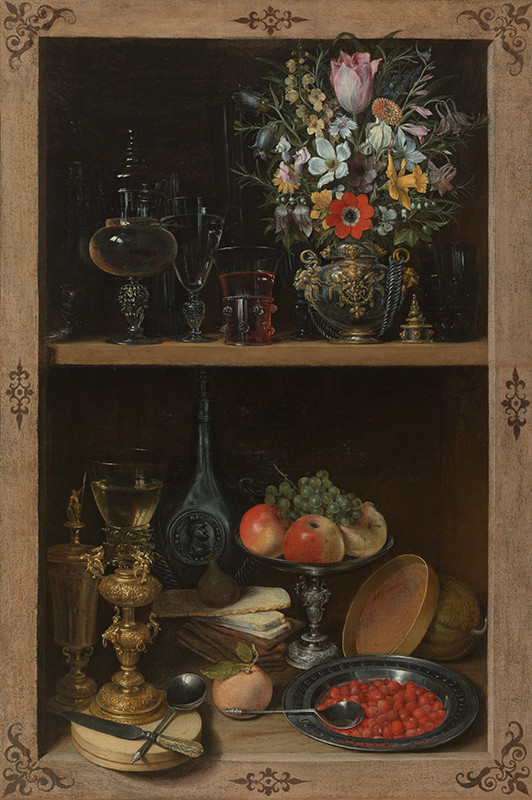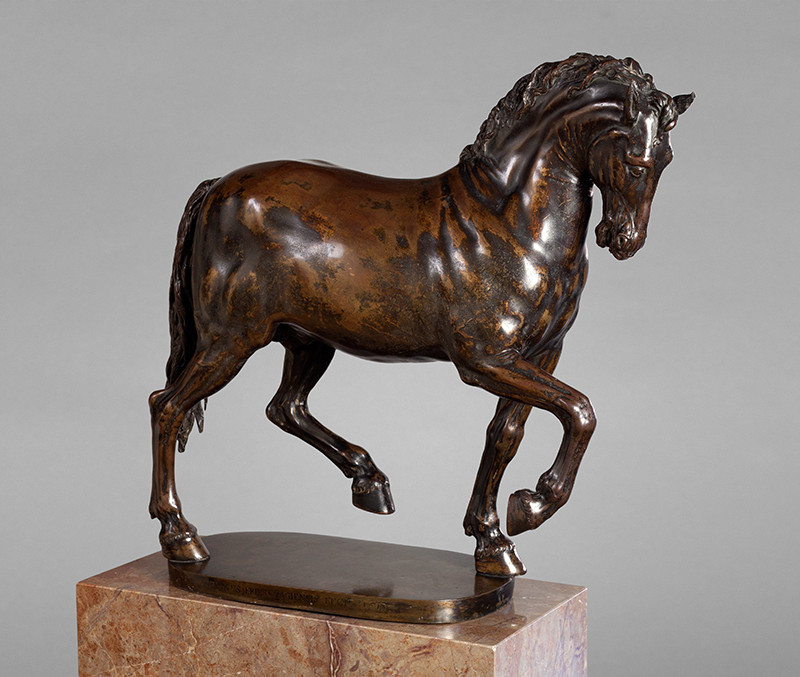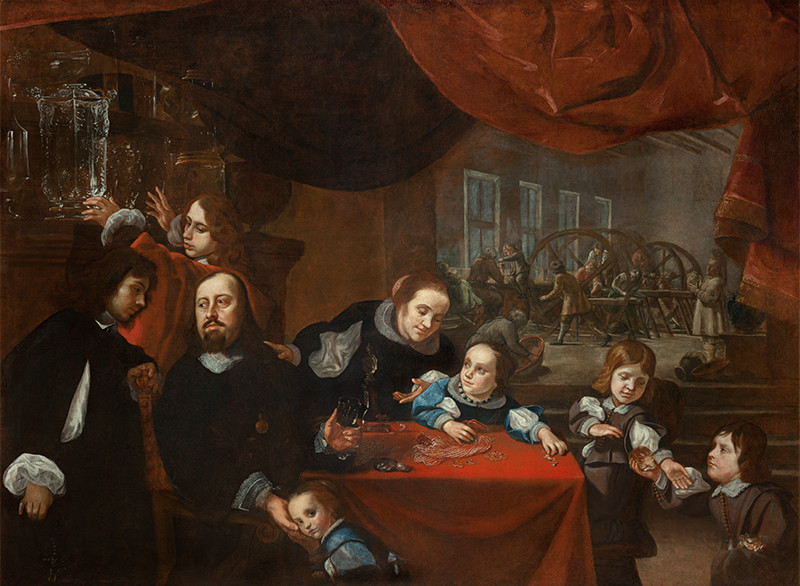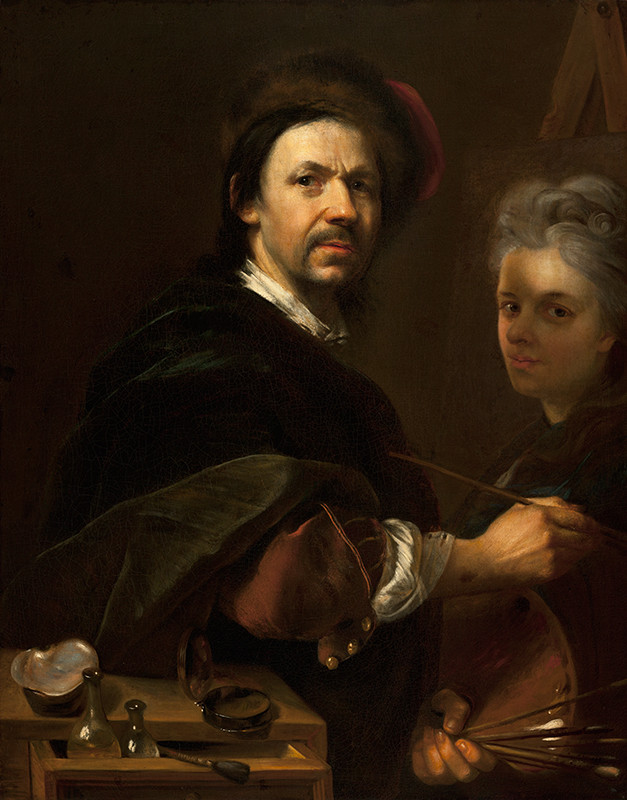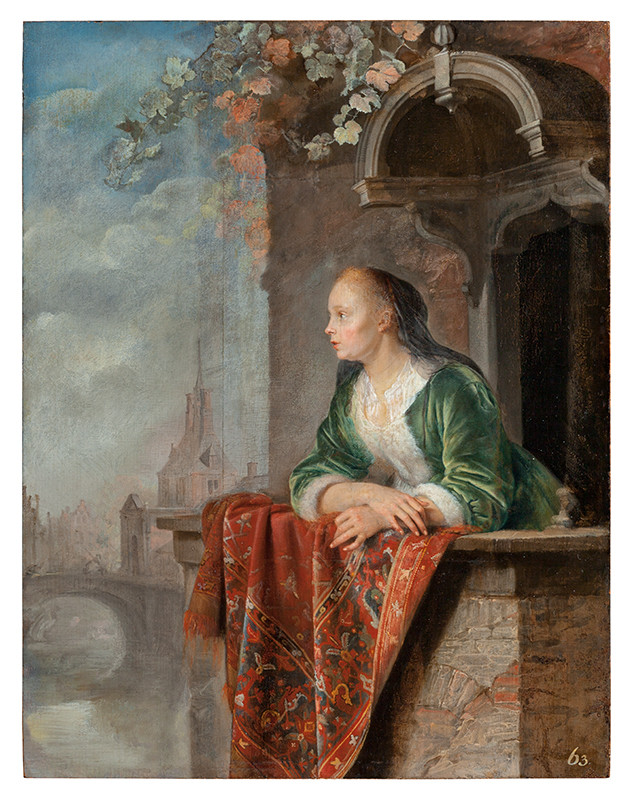
The ritual bronze wares from the Bronze Period (ca 2000–200 BC) that have survived in China in large numbers are unique in use and production technology. They were not made in the so-called lost-wax technique, but were cast in complexly decorated moulds of joint ceramic parts specially produced for each object. At the time the first states were forming in China, these vessels were used for rituals to pay respect to deceased ancestors to whom sacrifices such as meat, cereals, and alcohol were offered. Gradually, elaborate sets developed, their ownership based on social standing. The ding tripod has exclusive status in the classification of these bronze vessels as its ownership was connected with state power. You vessels were used in Shang and Zhou dynasty rituals to store and serve sacrificial beverages.




